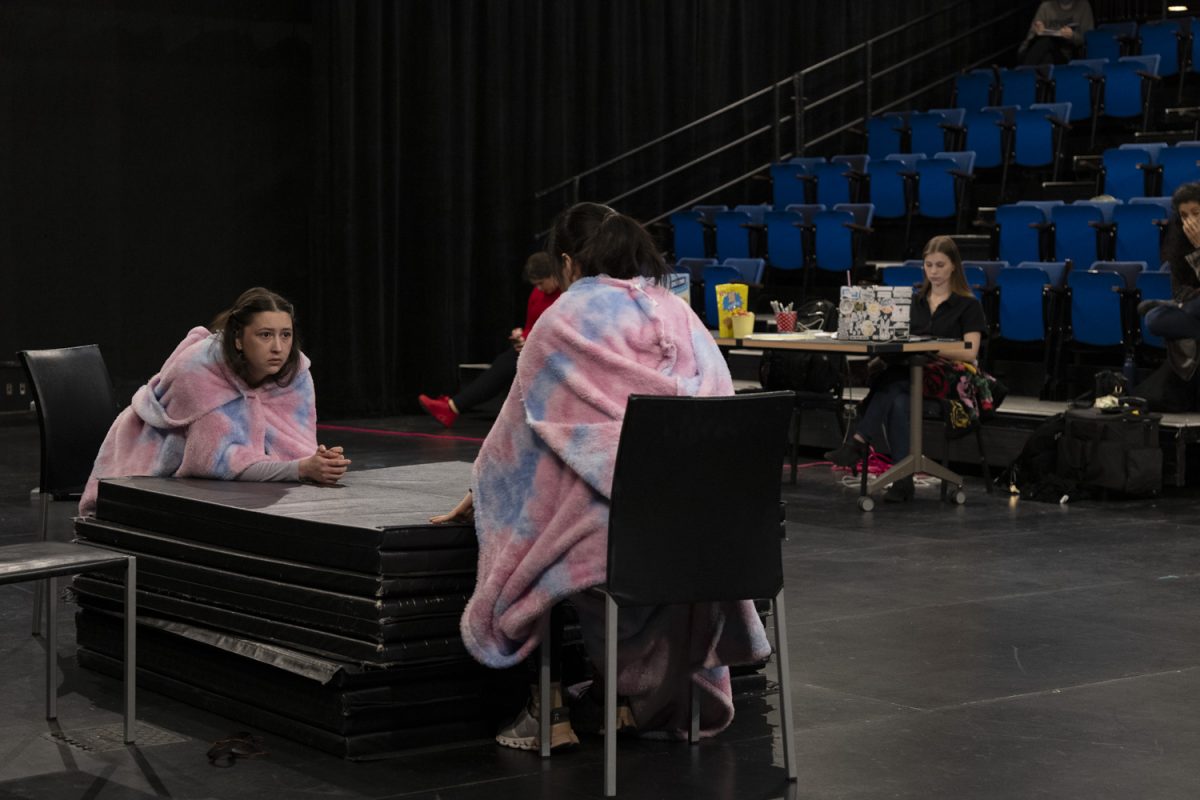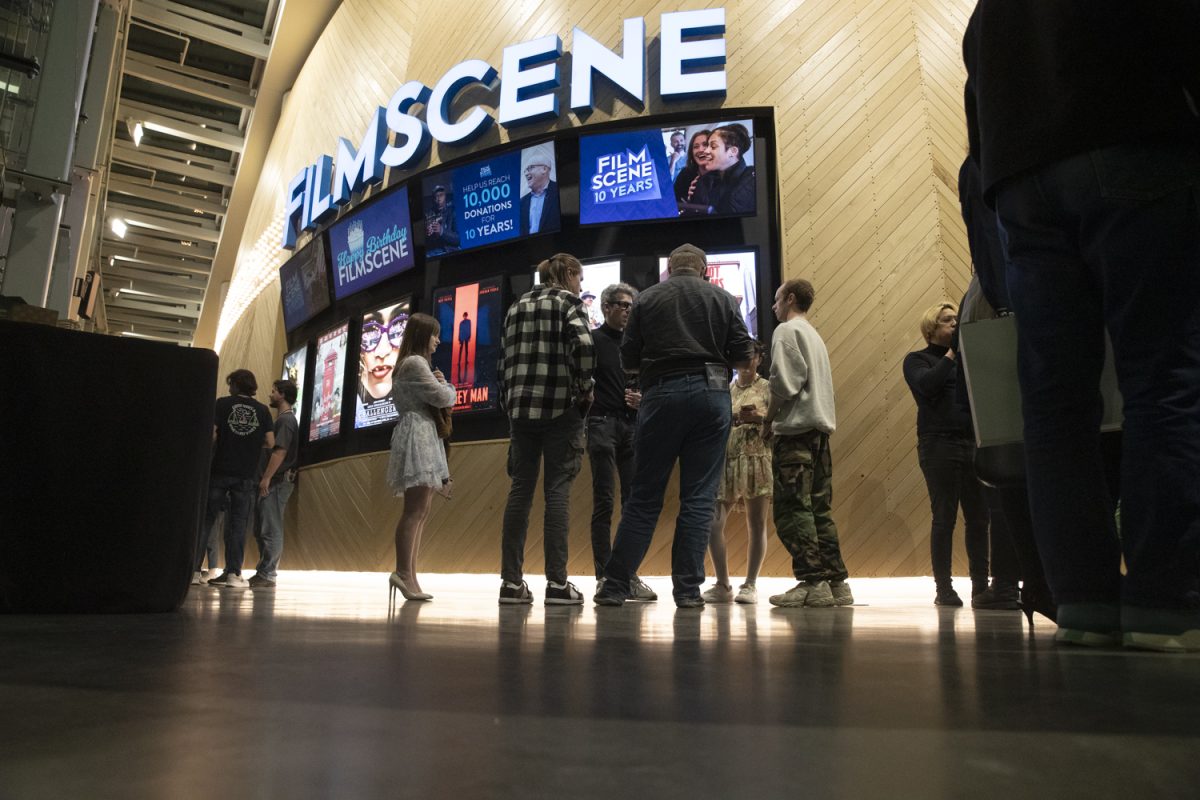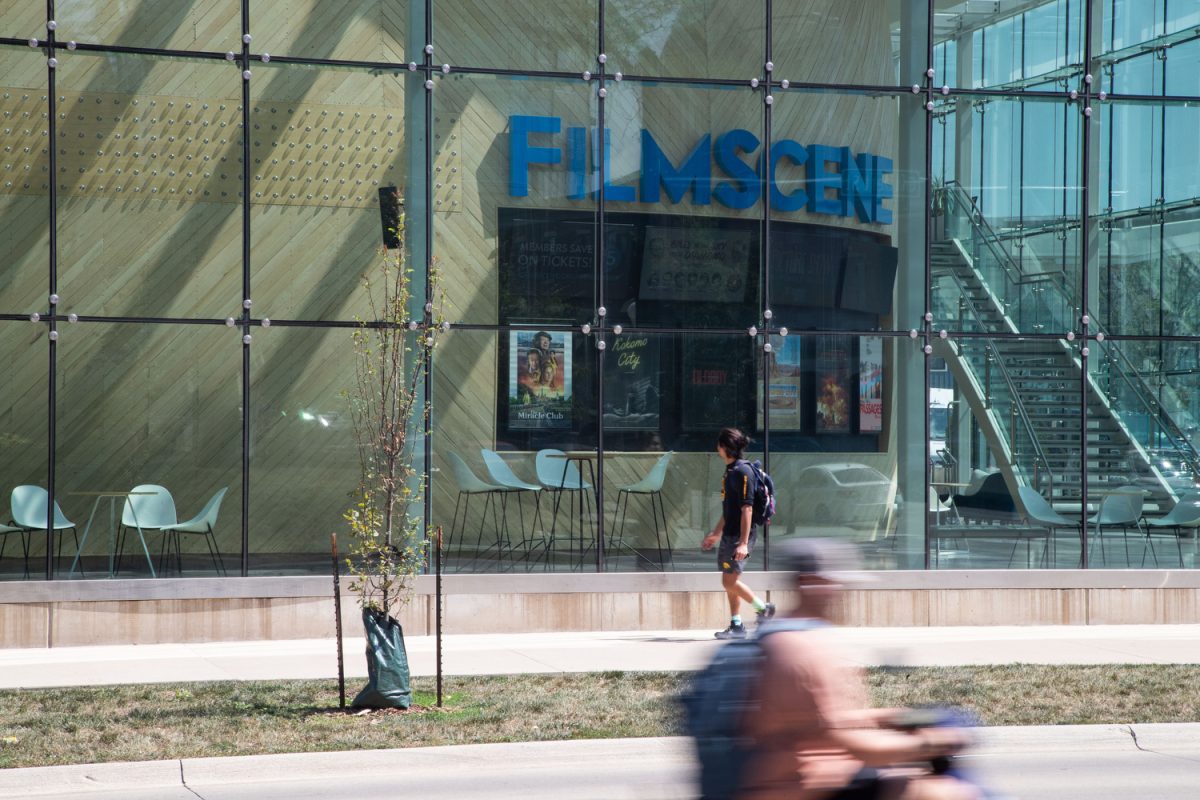Boyhood
I walked into Boyhood, the latest film from acclaimed director Richard Linklater (Dazed and Confused, Bernie), incredibly hungry. I was running late to the screening and I just didn’t have time to grab the hot dog I had planned on gorging prior to walking in. As I waited for the title cards to start playing, a friend of mine sitting next to me said the film ran a little under three hours. I moaned at about the same time my stomach growled. Then, the projector came to life, and within 20 minutes, it was as if that hot dog had miraculously made its way from Clark Street Dog into my digestive system all on its own.
Much has been made of the historic way Boyhood was created. Shot on a 15-day period every year over 12 years, Boyhood has all the external appearances of a film with a great gimmick and nothing more — similar to lower-grade shaky-cam movies like Paranormal Activity and single long take films like Russian Ark. What makes Boyhood different from these small historical footnotes is that the gimmick isn’t the sum total of the film, but rather a tool in telling a story.
A story that is as epic as it is minute. At base level, Boyhood is about Texan Mason Jr. (Ellar Coltrane) from the ages of six to eighteen. The constants are his precocious sister Sam (Lorelei Linklater), his mother Olivia (Patricia Arquette), and father Mason Sr. (Ethan Hawke). Friends, boyfriends, girlfriends, teachers, and spouses come and go much as they do in real life, sometimes with explanation, sometimes without.
To talk too much about what happens to Mason Jr. as he grows up would be to ruin the joy of seeing the many interesting turns he, and the people who love him, take in their lives. It must be said though, that one of the most surprising, and mature, aspects of the film is how the adults grow and evolve over the course of Mason’s “boyhood” almost as much as he does. There’s a myth that kids hold about their parents, wherein they are these static objects who are the exact same people they were when you were a small child. Boyhood shatters that myth in a small yet poignant manner.
And, at its heart, this is what Boyhood is concerned with — how we evolve over time, both as people and as a people. As Mason and his family pick up and drop interests, clothes, toys, and people, so too does the society around them. One day there’s bombs dropping on Baghdad and the next Obama signs start appearing in people’s lawns. Kids with Neopets in their hands one day are blasting grunts in Halo the next. The bands that dominate the radio move around like a revolving door, flannel starts appearing everywhere, and people begin to start the (at this point, unbearable) debate over how “Facebook has changed our lives”.
In this respect, Boyhood puts on the garb of a time capsule for the first decade of the 2000s, but it is so much more than that. It is an examination of what memories are important to us and what isn’t, and why. It exposes the simultaneous randomness and inevitability of where we end up. And it is a film about a few people’s maturation, which incredibly becomes something more: a statement of who we are as a people.
After the film, my hunger suddenly returned, and as I chomped on a hamburger at Clark Street Dog, I figured out why; when you see what you know will be remembered as one of the greatest films ever made, your mortal inhibitions peel away, and you let it envelop you.






